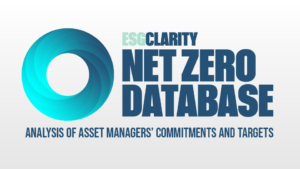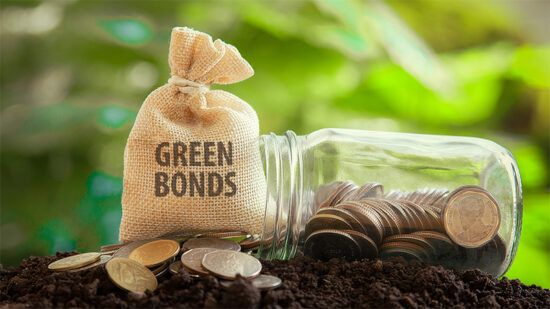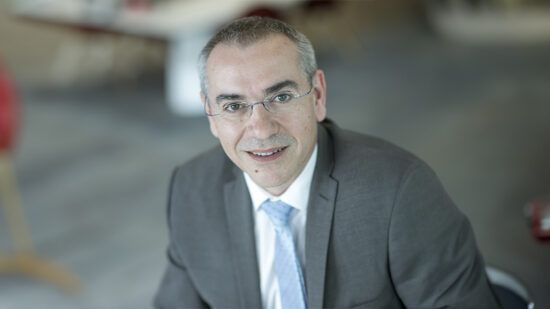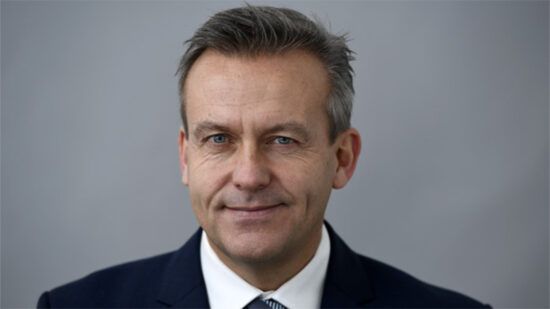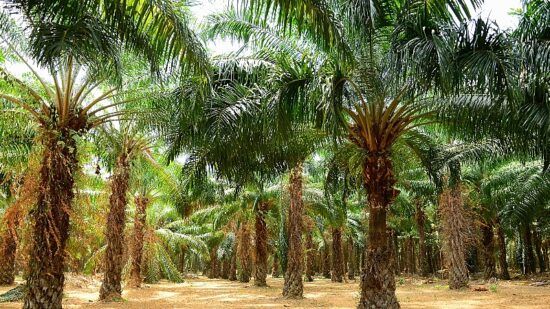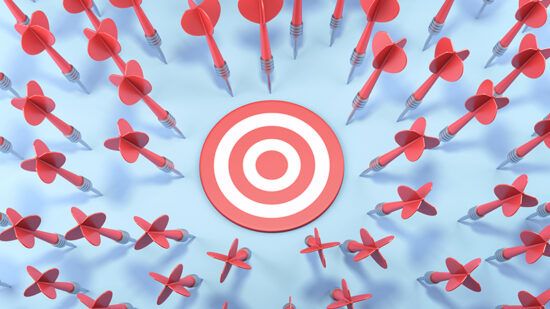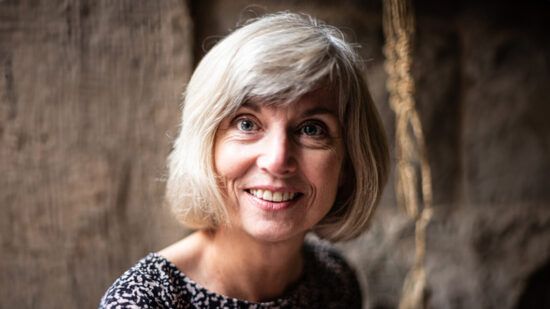In this Green Dream video interview, David Zahn, head of European and sustainable fixed income at Franklin Templeton, discusses how the green bond market is continuing to expand with new issuance and increased demand.
He also shares how he manages an actively-managed ETF in this asset class and where he is finding opportunities.
Watch the full video interview above and read the transcript below.
HD: My name is Holly Downes, reporter for PA Future, and welcome back to the Green Dream. Today I am joined by David Zahn, head of European and sustainable fixed income at Franklin Templeton. Thank you for being here today.
DZ: Thank you.
HD: Of course. Firstly, how has the green bond market developed over the past five years?
DZ: We’ve really seen an explosion of the green bond market. Around seven to eight years ago, it was a new area where people are just starting to see green bonds issued with impact.
Now, it is close to $2trn in size. It has expanded massively as more investors want to invest in the space because they can get impact and can see how they’re helping reduce carbon emissions. More issuers are noticing this importance and we’re seeing a more diversified bunch of issuers rather than just governments and utilities issuing. This way you get a better diversified portfolio, which is quite important.
HD: What sets the Franklin Sustainable Euro Green Bond ETF apart from other green bond ETFs on the market?
DZ: Our ETF is actively managed. We go through a lot of research looking at the green bond frameworks for each individual bond, as well as looking at what their impact is. Have they spent the money you gave them on the projects they said they would? Have they reduced carbon emissions? And more importantly, what is the overall company doing? There is no point buying a bond that has good characteristics, such as building a solar field, if the rest of the company is expanding their carbon emissions.
By looking at all those different parts and getting rid of the ones that aren’t good, that makes us different.
We also look at other companies that are helping with the energy transition. For example, German railways, Deutsche Bahn, are critical for lowering carbon use by using mass transit and using renewable energy. The company doesn’t issue green bonds, but it should still be part of your impact.
HD: What are the benefits of using an ETF instead of an open ended fund? Where are the challenges or the opportunities within that?
DZ: We see an ETF as a wrapper, so it’s not that much different than a fund. There are a couple of advantages. There is a second layer of liquidity through the market maker. I don’t see many subscriptions or redemptions come in every day because it is buffered. This means we don’t have to trade as much.
The other advantage is you can do a specie transfer. If someone has some green bonds that they want to invest, they can move these green bonds instead of selling their bonds and then buying the units.
From a portfolio manager’s point of view, it is exactly the same as running a mutual fund. I get cash and I buy what I want. If there’s nothing that we want to buy today, then we don’t buy it and we keep the cash.
HD: What is your future outlook on the green bond market in the coming year?
DZ: The green bond market is a great way to help reduce carbon emissions and mitigate climate change and look at biodiversity loss. Green bonds is not the answer. It’s not going to fix everything. But we see the green bond market continuing to expand. The European green bond market is two to three times as large as the European high yield market. It is an asset class that more people are becoming invested in.
Also, in Europe, many people are focused on sustainable investments. By having more desire for more sustainable investments, i.e. very simple green bond that is a good use of proceeds. We’ll see continued demand and continued supply from issuers. The green bond market is going to continue to grow and become very similar to the conventional bond market, but in the impact green space.
HD: We end all our Green Dream’s with this question. What is your favourite sustainable drink or snack?
DZ: The best one is blackberries. When you go out in the garden or when you’re on a hike and you can just pick blackberries, they’re just ripe and fresh. They have zero mileage on them.
HD: Well, thank you for being here today, and thank you for watching.


